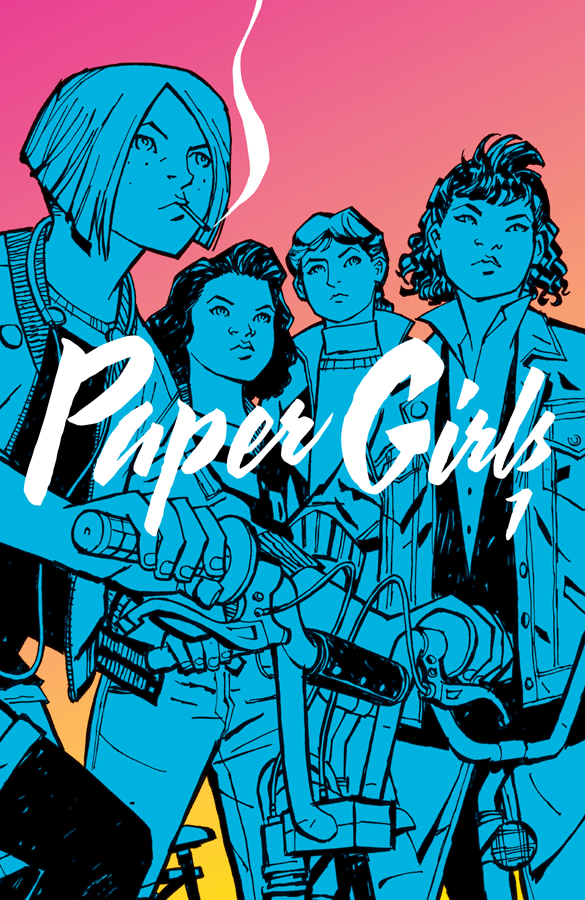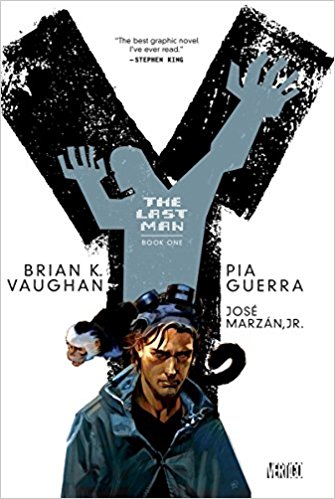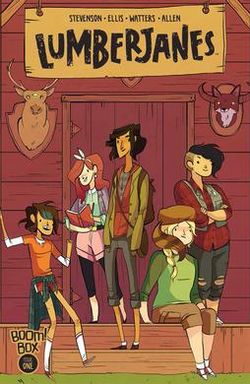In my previous post Screen Play Elements – Part 1, I talked about the importance of the Three Act Structure. In this post, I’ll talk about STORY, what it means and how it’s used in the Three Act Structure. I’ll cover what makes Act One important, how Act Two is used to tell story, and Act Three’s role in ending the story.
ACT 1 – The Beginning
The first few moments during the beginning of the movie are critical to get right. The first moments establish viewer expectations wherein the writer is making a promise to tell a specific type of story. The genre, crime, comedy, drama, thriller, horror, fantasy or science fiction, must to be established up front. You can’t promise a comedy and somewhere in the script change it into a drama. Those first moments signal what type of story to expect and viewers will expect the conventions of that genre to be followed. For example, magic is acceptable in fantasy but not as a device to solve a crime in a modern setting (unless of course it’s urban fantasy).
If it’s an action story, start with action. If it’s a comedy, start with something comedic and light (including the music), if it’s a horror, start with something dark and horrible and scary. Establish the world your story takes place in. The beginning moments set tone, style and mood. Once we know what type of story to expect, the rest of Act One sets up the CENTRAL conflict and what motivates the protagonist to move forward into Act 2.
Remember the dreaded info dump that we’re told not to do at the beginning of a story? You know, explaining the world, explaining who the character is, what his or her issues are and what their favorite ice cream is? Same thing with the screen. In screen writing class, I learned a cool trick to approaching a beginning without info dumping. The trick is this:
MAKE THE AUDIENCE COME AND ASK YOU QUESTIONS
It’s that simple. Show the world, build the mood, put the protagonist into a situation or onto a course of action or set them in their regular routine but add something out of the ordinary to signal that there is a problem or to show a juxtaposition which makes us wonder WHY or WHAT IS HAPPENING? Even with an action or thriller, the first scenes may be unrelated to the central conflict, but they show action, attitude, and we are left wondering what the hero’s next dilemma will be.
Info dumping or shoveling information makes an author or screen writer look desperate – as if we’re trying to convince people to stay. It appears as if we’re desperately trying to show how much effort we’ve put into our special world and how much thought we’ve put into the character. It’s not about us. It’s about the story. STORY is what convinces viewers and readers to stay. Story is the hook. Info dumps are a NEEDY opening because it TELLS rather than shows. A CONFIDENT opening SHOWS without revealing everything. It makes us want more. Humans are curious by nature. We want to know what will happen next. If everything is explained up front, there is no reason to keep watching.
James Bond movies illustrate this point well. The opening scenes of a James Bond thriller have him involved in an action scene where the stakes are high and he’s outsmarting the villain. We don’t know the story behind this – this opening scene is there to captivate and intrigue us while setting the expectation for the type of movie we’ll see. In the next scene, James is getting his next assignment. Even then, we don’t get much information. The information we need to understand the villain and the dire situation, is meted out through the story. As James learns, so do we.
ACT 2 – The Middle
Act One establishes the plot – the genre, the world, the theme, the protagonist, the problem and the inciting incident. Unlike Act One, Act Two starts with us knowing the theme, the story and the problem. It has a clear mission for the plot.
This means that Act Two explores the ideas established in Act One. The exploration of these ideas is theme. Theme can be as simple as good versus evil, if that’s what your script is about. It can be about how people deal with death, if it’s drama. It can be about sacrifice for true love if it’s a love story. Whatever it is, understanding theme creates conflict and helps throw those proverbial rocks at the protagonist.
And throw those rocks we must, for that is how theme is explored and how action retains its momentum. The rocks get bigger, the hero is thrown into more dire situations and the issues surrounding theme become more evident. Half way through Act Two, there is the midpoint. At this midpoint, there is the AHA moment when something clicks or coalesces for our protagonist. The unsolvable problem has a solution. The protagonist beaten and thus far defeated by the villain, finds a way to beat the villain, or if inner resolve or confidence is lacking, the confidence begins to shine. The tables have turned and the protagonist finds a way to stop those rocks from being thrown. The protagonist becomes more active in his fate than merely reactive. The protagonist makes a CHOICE and that choice moves us toward Act Three and the final outcome. However, that doesn’t mean that there are no rocks left to throw because that is where the story would end and we would be missing Act Three.
The midpoint turn is structurally the fulcrum of the entire movie – the moment where the story stops being what it was at the beginning and starts becoming what it will be at the end. It is where chaos finally has a chance to become order and lack of control can become control.
But what is STORY?
Story deals with the issues which make a character sympathetic and they hook the reader into the character’s struggles. Story tells us why those rocks hurt so much. Story forms the character arc and informs the character’s choices.
Remember when I said to make your audience want more, to come and ask you questions? In Act One, through the opening scenes we get a hint of personality, a hint of background we don’t know but are curious enough to stay with the show. We know the character is somehow broken but we don’t understand why or how. In the second Act we learn more, bit by bit although we may not yet fully understand. Act Two reveals the past, the inner conflict, and explores the fear or issue the character is in denial of. Fears explore theme, inform the character arc, and make those rocks hurt even more. The elements of theme, character background, and character arc are designed to emotionally hook viewers. and collectively they are known as STORY.
Act 3-The End
We’ve talked about moving from chaos to order and from lack of control to control. These are the important points of plot and they will be wrapped up in Act Three. The villain is caught, the murder solved, the world is saved from the evil wizard. Solve the plot issues and you’ve got a good movie. Right?
Wrong.
Story, the part which forms theme and forms the character arc and the inner conflict the protagonist suffers from, must be wrapped up satisfactorily in Act Three.
Here’s an example to illustrate what I mean:
#1 – A plot is completed in Act Three
The boy lost his dog. (Act One). The boy searched for the dog. (Act Two). The boy found the dog. (Act Three).
#2 – Plot and story (theme and character arc) are both resolved in Act Three
Tommy is having a hard time because his mother is dying. When his dog Sam goes missing, he chooses to look for Sam rather than spending time with his mother. (Act One) On his journey, Sam feels guilty for not being with his mom but he also wants to find his dog. He gets into situations and meets people who give him a differnt perspective on life. (Act Two)
The plot arc here is the hero’s journey during which Tommy enters the world of the unfamiliar and returns to the familiar a changed person. Tommy’s character arc must take him from denial to acceptance of death. Dealing with the death of someone you love is the theme. Here, story is about Tommy’s inner conflict of dealing with his mother’s impending death, the things he experiences and the lessons he learns about life as he searches for his dog and perhaps there may be some physical danger.
How do we wrap up this story in Act Three which wraps up both plot and story??
Tommy returns home. (He’s a kid and the hero’s journey dictates he return home.)
Perhaps the dog Sam doesn’t exist but is a metaphor for the loss Tommy is about to experience. So, Tommy never finds Sam, has to deal with that reality and he returns home and is more comfortable about being with his dying mother. OR, Sam is real, and Tommy finds Sam and has hope his mother will get better. If that hope is not realized you have a character who has to face a painful reality. OR, Tommy does or doesn’t find Sam and he returns home and learns his mother has died. That’s a huge tragedy and I’m bawling my eyes out! How Tommy handles the situation upon his return will illustrate how he has changed.
See the difference in examples #1 and #2? That’s the difference between a satisfying script creating a satisfying movie. That satisfaction comes from completing Tommy’s emotional journey and his character arc. We in turn feel either happy or sad depending on the final outcome.
A great ending must also be both surprising and inevitable. The clues must be there for the viewer to feel the conclusion is logical. At the end the audience must feel they had the ability to solve the ending all along. For example, while Tommy is looking for Sam, he tells someone that Sam is the best, loyal dog in the world, or he wishes he was. If in the end we learn that Sam isn’t real, it’s a surprise but also inevitable because we were given the clue that Sam isn’t real.
Screen writing and the movie industry have some very valuable lessons for writers on using the Three Act Structure to tell a story. Here are my three take-aways:
Act One is best used to make the audience ask questions and want more;
Act Two is where theme, inner conflict and character arc make rocks hurt a lot; and
Act Three is where the story ends in both a surprising and inevitable way, and a satisfying ending is created when both plot and story are resolved.
Whether writing a acreen play or a novel, the Three Act Structure is a great tool to help us tell our stories in a compelling and memorable way.



